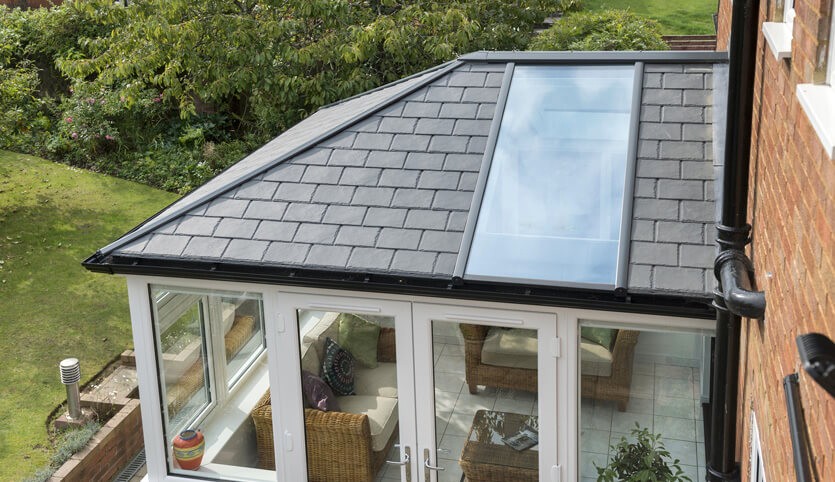
Which Energy-Efficient Conservatory Ceiling Is Right For You?
Conservatories are popular places to enjoy the fresh air, but they can also be costly to run. Choose the right energy-efficient conservatory ceiling to save money on your energy bills. If you’re thinking about installing an energy-efficient conservatory ceiling, there are a few things to consider. Conservatories can be a great way to add some extra living space to your home, but they can also be energy hogs. In order to make sure that your conservatory ceiling is energy efficient, you need to know what type of ceiling it is and what features it has. The most common type of conservatory ceiling is the traditional drop ceiling. This type of ceiling typically uses clear or translucent materials so that sunlight can reach the plants below. Because of this, these ceilings are usually not very energy efficient. Drop ceilings typically have a high peak load and require a lot of insulation in order to achieve an effective R-value. A more energy-efficient option for a conservatory ceiling is an air curtain system. An air curtain system uses panels made out of rigid plastic or metal that are controlled by an electric motor. When the motor is turned on, the panels rise and block out light and heat from the sun. This system is much more effective at controlling temperature than a traditional drop ceiling and can result in an R-value as
Types of Energy-Efficient Conservatory Ceilings
There are a few different types of energy-efficient conservatory ceilings available on the market, and each has its own advantages and disadvantages. The first type is the metal roof system. Metal roofs are very efficient at capturing sunlight and convert it into heat, which can then be used to heat your home. However, metal roofs are not as durable as other types of conservatory ceilings, and they can be more expensive to install. The second type of energy-efficient ceiling is the solar panel system. Solar panel systems use solar energy to convert light into electricity, which can then be used to power your conservatory’s systems. However, solar panel systems can be more expensive to install than metal roofs, and they may not be suitable for all conservatories. The third type of energy-efficient Insulated Conservatory Roof is the thermal reflective system. Thermal reflective systems use special materials that reflect heat back into the room, which can then be used to heat your home. Thermal reflective systems are less expensive than solar panel or metal roof systems, but they may not be suitable for all conservatories.
Factors to Consider When Choosing an Energy-Efficient Conservatory Ceiling
When budgeting for an energy-efficient conservatory ceiling, it’s important to consider your needs as well as your home’s climate. Here are some factors to consider: Material: Some conservatories are made with insulated glass panels, which can significantly reduce energy costs. However, if you live in a warm climate, you may want to opt for a material that is more permeable, so that heat and moisture can escape. Configuration: Insulated Conservatory Roof can be configured in a variety of ways, including fixed or movable skylights. If you have children or animals who like to play in the conservatory at night, you’ll want to choose a ceiling with security features. Pricing: Conservatory ceilings are typically more expensive than other types of ceilings. However, if you’re looking to save on your energy bills, they’re definitely worth considering.
